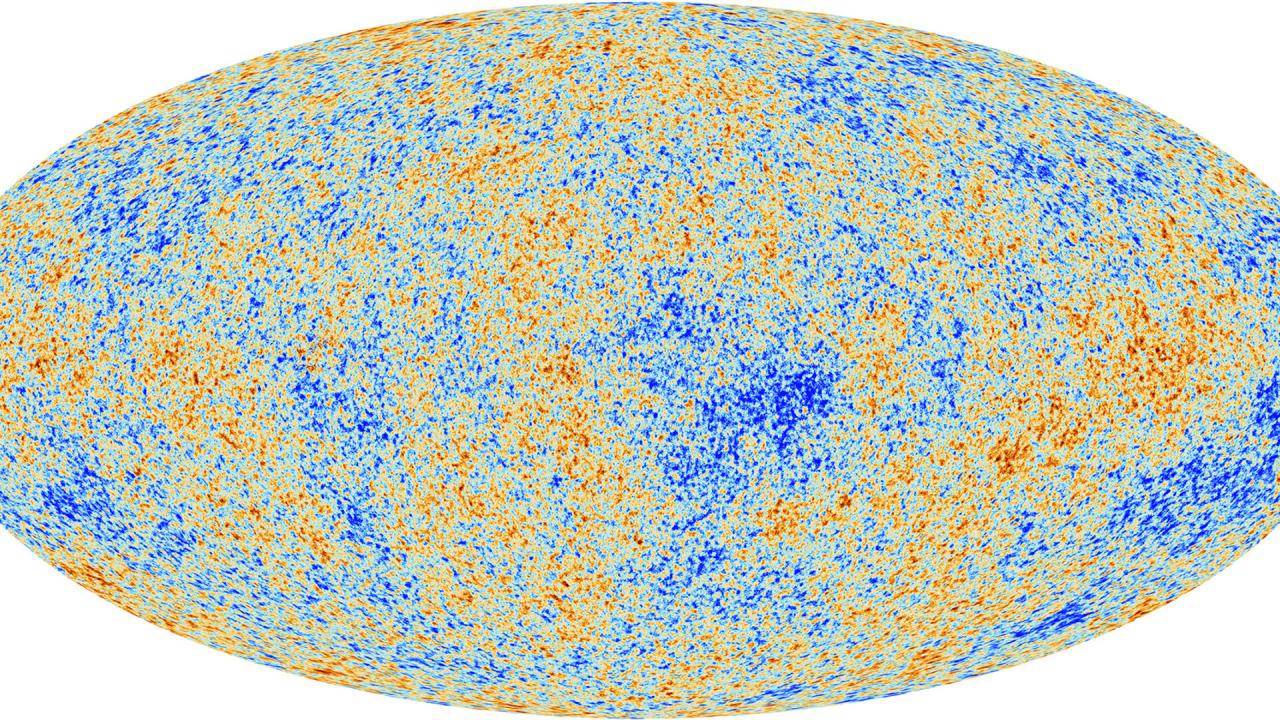An unseen ‘mirror world’ of particles that interact with our world only via gravity might be the key to solving a major puzzle in cosmology today – the Hubble constant problem.
The Hubble constant is the rate of expansion of the universe. The constant can be predicted from the standard model of cosmology, once the parameters of that model are pinned down using observations of the cosmic microwave background. It can also be estimated independent of the assumptions of that model from measurements of distances to supernovae.
Unfortunately, the value of the Hubble constant predicted by theory and the value measured by observations are different, by quite a lot.
Many cosmologists have been trying to solve this discrepancy by changing the assumptions of the cosmological model. The challenge is to do so without ruining the agreement there is between standard model predictions and many other cosmological measurements, such as those of the cosmic microwave background.
Professor Lloyd Knox and graduate student Fei Ge at the UC Davis Department of Physics and Astronomy, with Francis-Yan Cyr-Racine at the University of New Mexico, have found a new way to confront this challenge, allowing for a faster expansion rate without changing the most precisely-tested other predictions of the standard cosmological model. For their model to work they need a mirror world – a parallel universe that exists alongside ours, with new particles that are all copies of known particles. We cannot access or interact with this mirror universe, except through gravity.
Some physicists think that the mirror universe might account for the phenomenon of dark matter in our universe. If so, that would paint a much richer picture of the dark sector, Knox said.
“It might be more than just collisionless dark matter and dark energy (two different and pretty non-descript things) but many components to the dark sector, just as complicated as the light sector we have studied so well in laboratories on Earth,” he said.
The mirror world idea first arose in the 1990s but has not previously been recognized as a potential solution to the Hubble constant problem. The work has opened up a new path toward resolving what has proved to be a challenging problem, Knox said.
A paper describing the idea has been accepted for publication in Physical Review Letters and is currently available online as a preprint.
